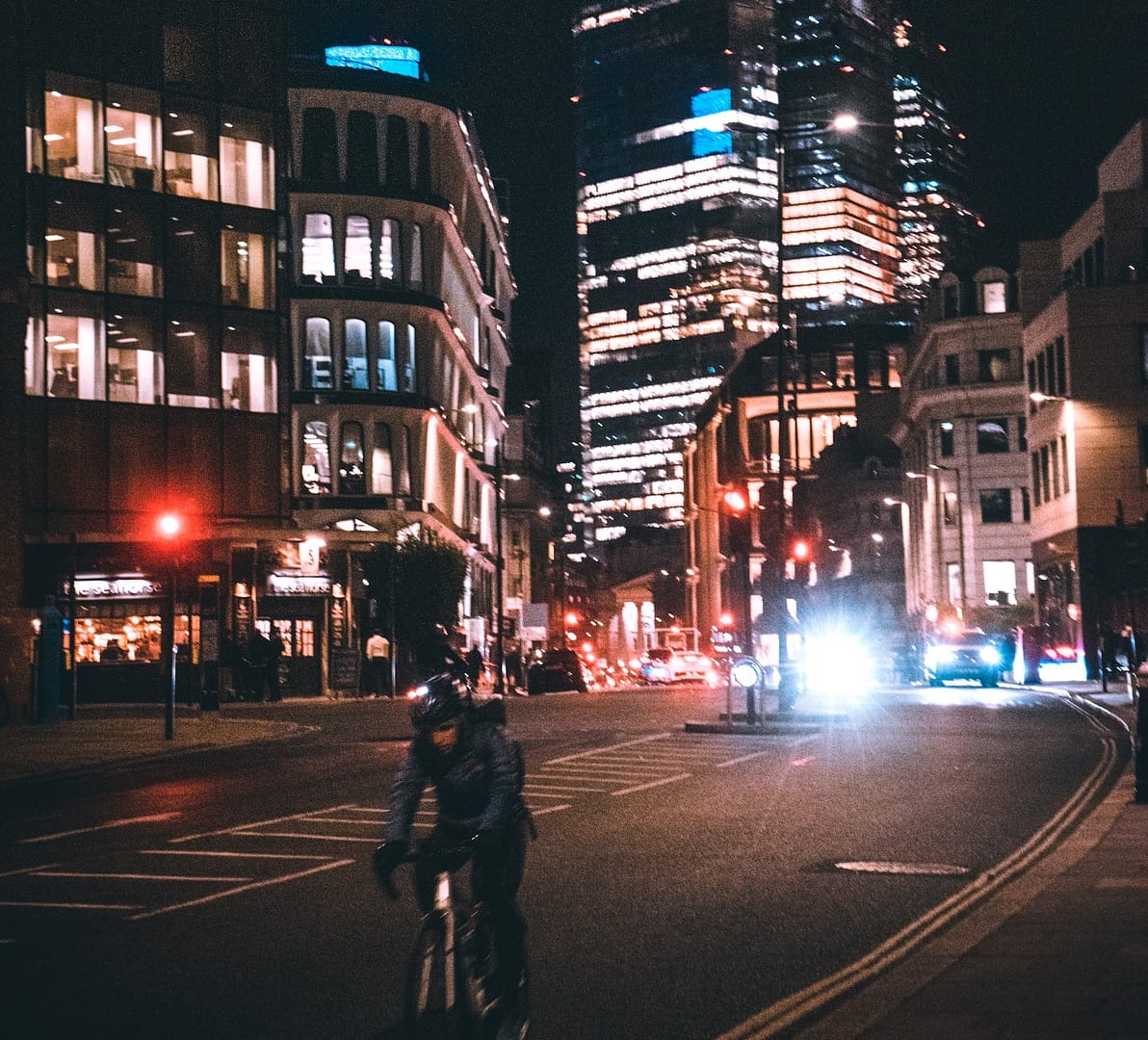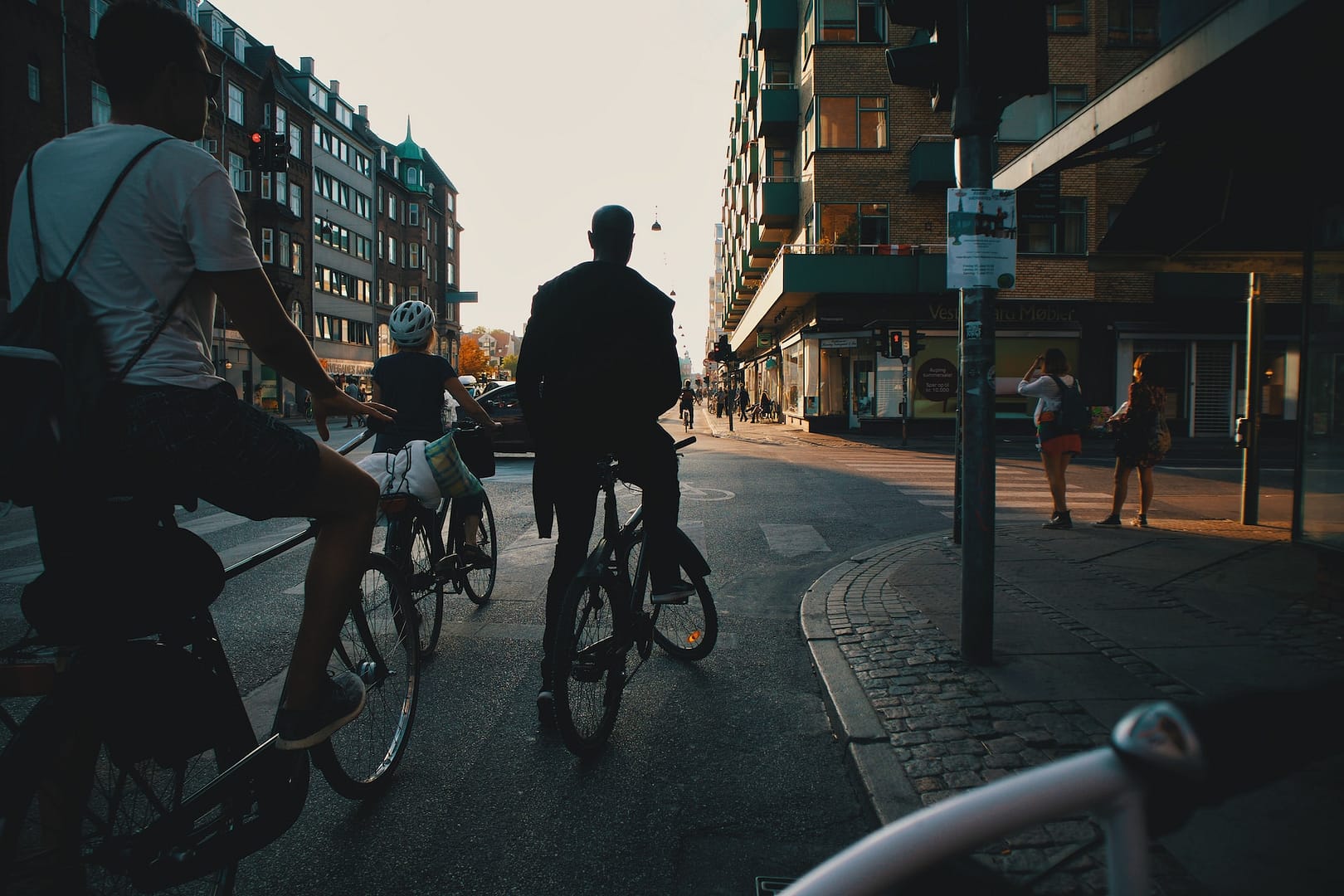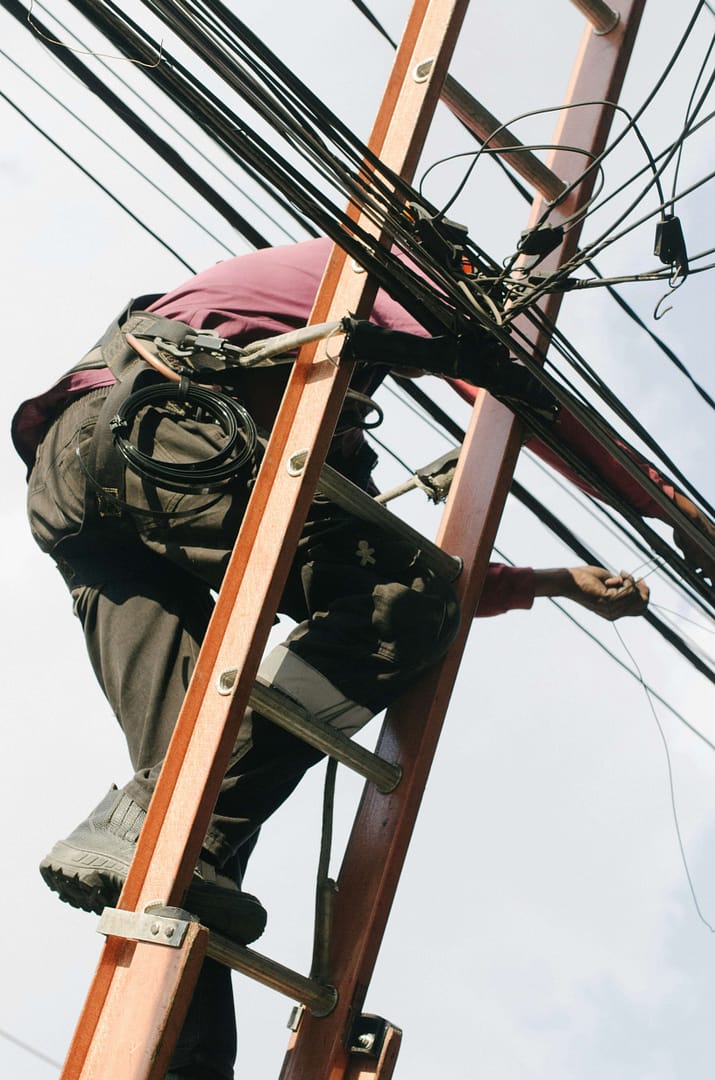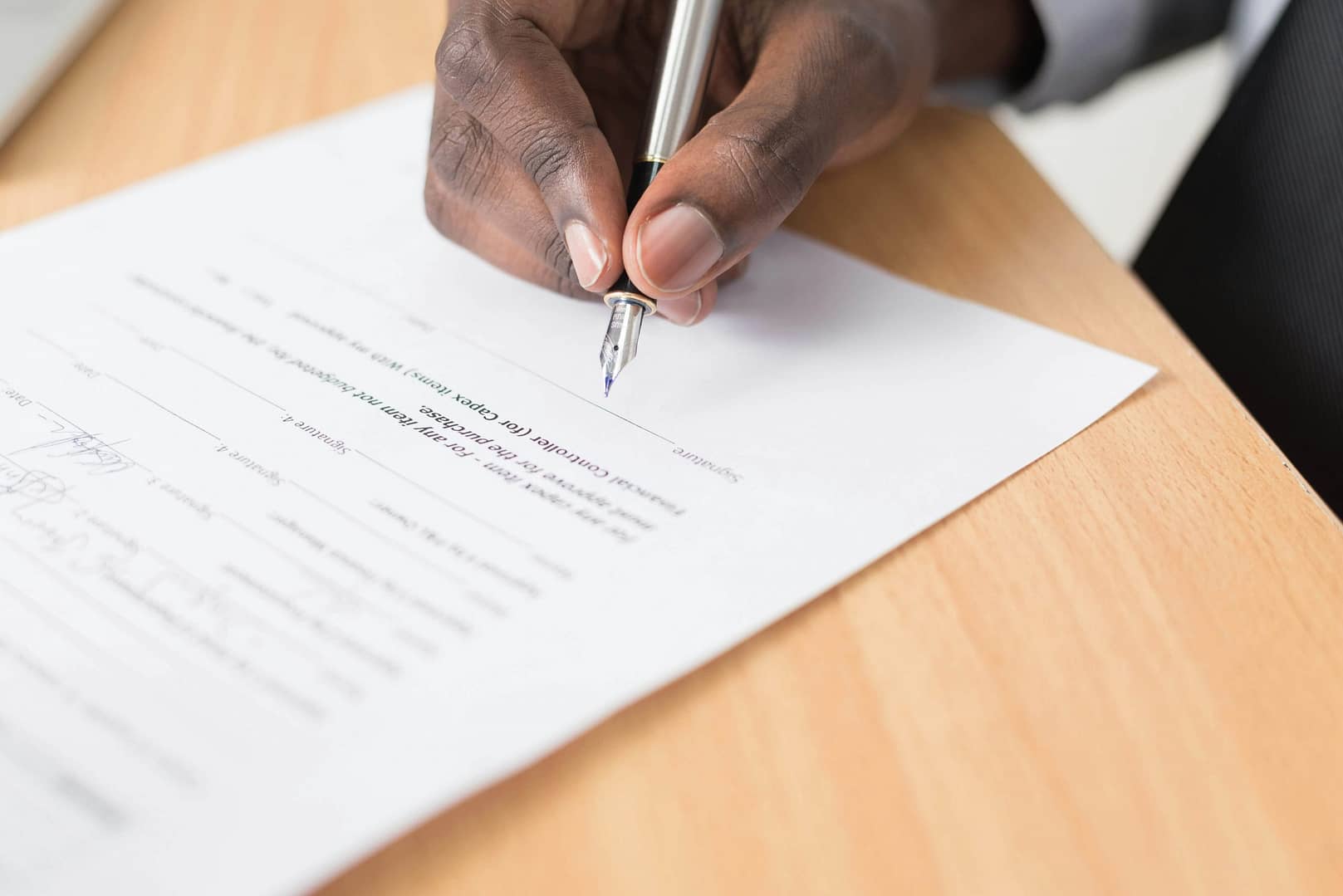Cycling through the bustling streets of a city can be an exhilarating experience, offering a unique perspective on urban life. However, it also comes with its fair share of challenges and risks. If you’re wondering, “Is it safe to cycle on UK roads?” or seeking guidance on how to ride a bike in a city safely, you’re in the right place. In this article, we’ll explore essential tips and strategies to help you stay safe while cycling in the city, drawing insights from the UK. We will also explore the best way to start a claim for a road traffic accident.
Understanding the Urban Cycling Landscape
Before we delve into safety measures, it’s crucial to comprehend the landscape you’ll be navigating. In the UK, as in many other countries, cycling in the city presents a dynamic mix of opportunities and hazards.
City Infrastructure
Major cities across the UK are continually improving their cycling infrastructure. Dedicated bike lanes, shared paths, and bike-sharing schemes have made cycling more accessible. However, the extent and quality of these facilities can vary significantly from one city to another.
Traffic Congestion
Urban areas tend to be congested with motorised traffic. This can lead to challenges such as limited space for cyclists, aggressive drivers, and the need to navigate through a complex maze of roads and intersections.
Weather Variability
British weather is famously unpredictable. Be prepared for rain, wind, and varying temperatures, as these factors can impact your safety and comfort on the road.
Is It Safe to Cycle on UK Roads?
Now, let’s address the pressing question: Is it safe to cycle on UK roads? The answer is both yes and no—it depends on various factors and your approach to urban cycling.
The Positive Side of Urban Cycling Safety
Improved Infrastructure: As mentioned earlier, many UK cities have invested in cycling infrastructure. This includes designated bike lanes, bike-sharing programs, and cyclist-friendly traffic signals. These initiatives have significantly improved the safety and convenience of cycling.
Growing Awareness: There’s a growing awareness among drivers about sharing the road with cyclists. The “Think Cyclist” campaign and similar initiatives have contributed to a better understanding of cyclists’ needs and rights.
The Challenges and Risks
Traffic Hazards: City roads can be congested and chaotic, with vehicles of all sizes jostling for space. This can lead to a higher risk of accidents, especially at busy intersections.
Dooring: A common hazard in urban cycling is being “doored” by parked cars. This occurs when a driver opens their car door without checking for approaching cyclists, resulting in a collision.
Road Conditions: Potholes and uneven road surfaces can pose a threat to cyclists. Inadequate maintenance can lead to accidents, so it’s essential to stay vigilant.
Visibility: Poor visibility, especially during inclement weather or at night, increases the risk of accidents. Cyclists need to be highly visible to both drivers and pedestrians.
How to Ride a Bike in a City Safely
Now that we’ve assessed the urban cycling landscape in the UK, let’s delve into practical strategies for staying safe while cycling in the city.
Wear the Right Gear
Before you even step onto your bike, ensure you’re equipped with the appropriate gear. This includes:
Helmet: A well-fitted helmet can significantly reduce the risk of head injuries in case of an accident.
High-Visibility Clothing: Opt for brightly coloured or reflective clothing to enhance your visibility, especially in low-light conditions.
Gloves: Gloves not only provide a better grip on the handlebars but also protect your hands in case of a fall.
Plan Your Route
Choosing the right route is crucial for a safe city cycling experience. Consider these factors:
Dedicated Bike Lanes: Whenever possible, plan your route to include dedicated bike lanes. These provide a more secure space for cyclists.
Avoid Busy Roads: If you can, steer clear of the busiest roads during peak traffic hours. Look for alternative, quieter routes.
Obey Traffic Rules
Cyclists share the road with other vehicles, and it’s essential to follow traffic rules diligently:
Traffic Signals: Respect traffic signals, stop signs, and pedestrian crossings. Be predictable in your movements.
Indicate Turns: Use hand signals to indicate your turns. This helps drivers anticipate your actions.
Stay Alert and Predictive
City cycling requires heightened awareness. Keep the following tips in mind:
Anticipate Traffic: Always be prepared for sudden movements from cars and pedestrians. Assume that others may not see you.
Watch for Open Car Doors: Stay a safe distance from parked cars to avoid being doored.
Maintain Eye Contact: When possible, make eye contact with drivers and pedestrians at intersections to ensure they’ve seen you.
Regular Maintenance
A well-maintained bike is a safer bike. Regularly check:
Brakes: Ensure your brakes are in good working order.
Tire Pressure: Maintain the correct tire pressure for better control and reduced risk of flats.
Lights and Reflectors: Make sure your lights and reflectors are functioning correctly, especially if you ride in the dark.
Be Prepared for Weather Conditions
In the UK, weather can change quickly. Be prepared by:
Carrying Rain Gear: Keep a lightweight rain jacket or poncho in your bag for unexpected showers.
Adjusting Speed: Reduce your speed in wet or windy conditions to maintain control.
Lock It Up Securely
When you reach your destination, don’t forget to lock up your bike securely. Use a high-quality lock and choose a well-lit, visible location to deter theft.
Educate Yourself
Consider taking a cycling safety course or joining a local cycling club. These resources can provide valuable insights and support for city cyclists.
Advocate for Cycling Safety
If you’re passionate about cycling, consider getting involved in local cycling advocacy groups. These organisations work to improve cycling infrastructure and promote safe cycling practices.
Making a Road Traffic Accident Claim with National Claims
At National Claims, we understand that accidents can happen, even when you take all the necessary precautions while cycling in the city. When you find yourself in a road traffic accident, our team is here to guide you through the process of making a claim and getting the compensation you deserve.
Contacting National Claims
Immediate Assistance: In the unfortunate event of a road traffic accident while cycling in the city, your safety should be your top priority. Seek medical attention if needed and ensure you are out of harm’s way.
Notify the Authorities: Contact the police and report the accident. This step is essential for documenting the incident and ensuring that all necessary information is recorded.
Gather Information: Collect details about the accident, including the names and contact information of the parties involved, vehicle registration numbers, and insurance information. If there are witnesses, obtain their contact information as well.
Document the Scene: Take photos of the accident scene, any damage to your bicycle, and your injuries. These visual records can be crucial when filing a claim.
Contact National Claims: Once you have ensured your immediate safety and gathered essential information, reach out to National Claims. Our experienced team will guide you through the claims process and help you understand your options.
The Claims Process
Initial Assessment: After you contact us, our team will conduct an initial assessment of your case. We’ll review the details of the accident and the evidence you’ve gathered.
Legal Consultation: You’ll have the opportunity to consult with one of our expert solicitors from our talented panel. They will provide legal advice and assess the strength of your claim.
Claim Submission: If you decide to proceed, we will prepare and submit your claim to the relevant parties, typically the at-fault driver’s insurance company.

Conclusion
Cycling in the city can be a fantastic way to get around, but it’s essential to prioritise safety. By following the tips outlined in this article, you can significantly reduce the risks associated with urban cycling. Always wear the right gear, plan your route carefully, obey traffic rules, and stay alert to your surroundings.
Remember that accidents can happen, but when they do, National Claims is here to support you in making a road traffic accident claim. Our experienced team will guide you through the process, from the initial assessment to securing the compensation you deserve.
So, whether you’re a seasoned urban cyclist or new to city cycling, stay safe, enjoy your rides, and know that you have a dedicated partner in National Claims should you ever need assistance in the unfortunate event of a road traffic accident.
Contact us to get a start on your claim and speak to one of our helpful claims specialists.
Click below to see why we are one of the most trusted claims management companies in the UK.

We’re proud of our excellent customer reviews
We thrive on delivering exceptional service and ensuring our clients’ satisfaction. Don’t just take our word for it. Check out some of our independent reviews to see what our clients have to say.
Excellent

This firm is excellent, they sorted out my car pay out and injury claim very fast, they always communicate with you all the time.

My accident case was dealt with confidence and with great result of the outcome, especially James kept me informed all the time.

I was very impressed at the way my inquiry was treated. I was listened to attentively and everything I needed to know was explained to me.






